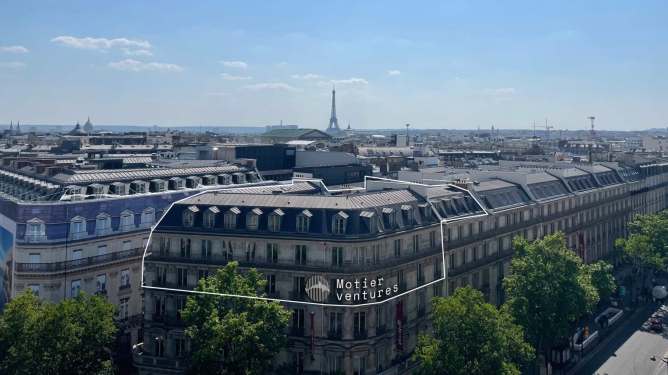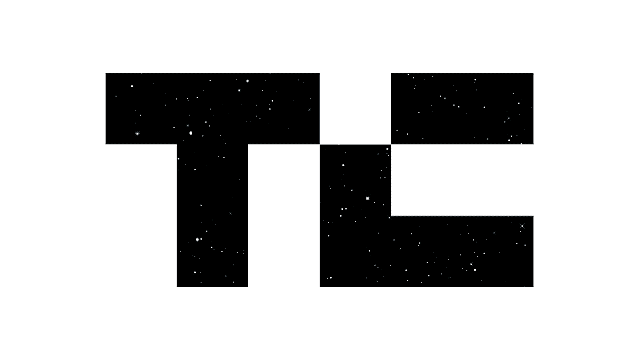Introduction
The concept of "connected cities" has emerged as one of the most transformative ideas shaping the future of urban living. From smart infrastructure to autonomous vehicles, this vision is not only redefining how we live, work, and play but also setting the stage for an entirely new era of city development. As technology continues to advance, so too does our ability to envision and implement connected cities—places where every aspect of urban life is powered by cutting-edge connectivity.
What Are Connected Cities?
Connected cities are urban environments where physical infrastructure is augmented by advanced technologies such as the Internet of Things (IoT), artificial intelligence (AI), big data, machine learning, and blockchain. These technologies enable the seamless integration of people, services, and systems, creating a highly efficient and personalized living ecosystem.
For example, connected cities can integrate smart street lighting that adapts to pedestrian activity, automated public transportation systems that seamlessly connect buses and trains via real-time tracking, and green energy solutions powered by solar panels connected directly to city grids. These innovations not only improve the quality of life but also reduce the environmental impact associated with urban development.
The Evolution of Connected Cities
The concept of connected cities is rooted in the idea of "smart cities," which first gained traction in the late 20th century. Smart cities focus on optimizing resource usage, enhancing livability, and reducing environmental degradation through technology-driven decision-making. However, as we move forward, the term "connected cities" has evolved to encompass a broader range of technologies and applications.
The Internet of Things (IoT) in Cities
The proliferation of IoT devices—such as sensors, cameras, and smart meters—is revolutionizing urban infrastructure. For instance, IoT-enabled streetlights not only reduce energy consumption but also provide enhanced safety by detecting potential hazards such as fallen trees or broken pipes. Similarly, IoT-enabled trash bins automatically collect garbage based on waste levels, reducing the need for manual intervention.
Artificial Intelligence in Urban Planning
AI is playing an increasingly important role in shaping connected cities. By analyzing vast amounts of data—from traffic patterns to population trends—AI helps urban planners make informed decisions that balance growth and sustainability. For example, AI-powered zoning systems can identify optimal locations for new developments while minimizing environmental impact, ensuring a harmonious coexistence between modern architecture and nature.
Blockchain for Smart Contracts
Blockchain technology is paving the way for "smart contracts," which automate agreements between cities and external entities. These contracts ensure compliance with urban policies without requiring manual intervention. For instance, smart contracts can regulate noise levels in residential areas by automatically adjusting volume limits based on real-time data.
The Future of Connected Cities
As these technologies continue to advance, so too does the vision for connected cities. This evolution is expected to bring significant benefits, including:
- Improved Quality of Life: Connected cities will offer residents a wide range of high-tech amenities, from personalized healthcare to virtual assistants that manage daily tasks.
- Sustainability: Advanced technologies will enable cities to operate with minimal environmental impact, reducing carbon emissions and promoting renewable energy adoption.
- Resilience: Connected cities will be better equipped to withstand natural disasters through early warning systems, disaster response tools, and sustainable infrastructure.
Challenges and Considerations
Despite these promising developments, connected cities also present unique challenges that must be addressed:
- Technological Integration: Implementing connected city technologies requires close collaboration between governments, private companies, and community stakeholders. Without clear strategies or shared goals, these efforts risk becoming disjointed.
- Ethical Concerns: The rapid adoption of advanced technologies raises ethical questions regarding privacy, security, and data ownership. Ensuring that residents maintain control over their personal information while benefiting from connected city features will be a critical challenge.
- Infrastructure Costs: The development and maintenance of connected city systems demand significant upfront investments in technology and infrastructure. This can create barriers for smaller cities or developing nations seeking to implement these innovations.
Conclusion
Connected cities represent the pinnacle of urban innovation, offering residents a future filled with smart technologies, sustainability, and improved quality of life. As we continue to explore and adopt new technologies, it is essential to approach this evolution with foresight, ensuring that connected cities serve as models for a sustainable and livable world.
This comprehensive overview explores the transformative potential of connected cities while highlighting the challenges that must be addressed to realize their full potential. By embracing technology responsibly, we can shape a future where urban living is both enjoyable and environmentally friendly.










